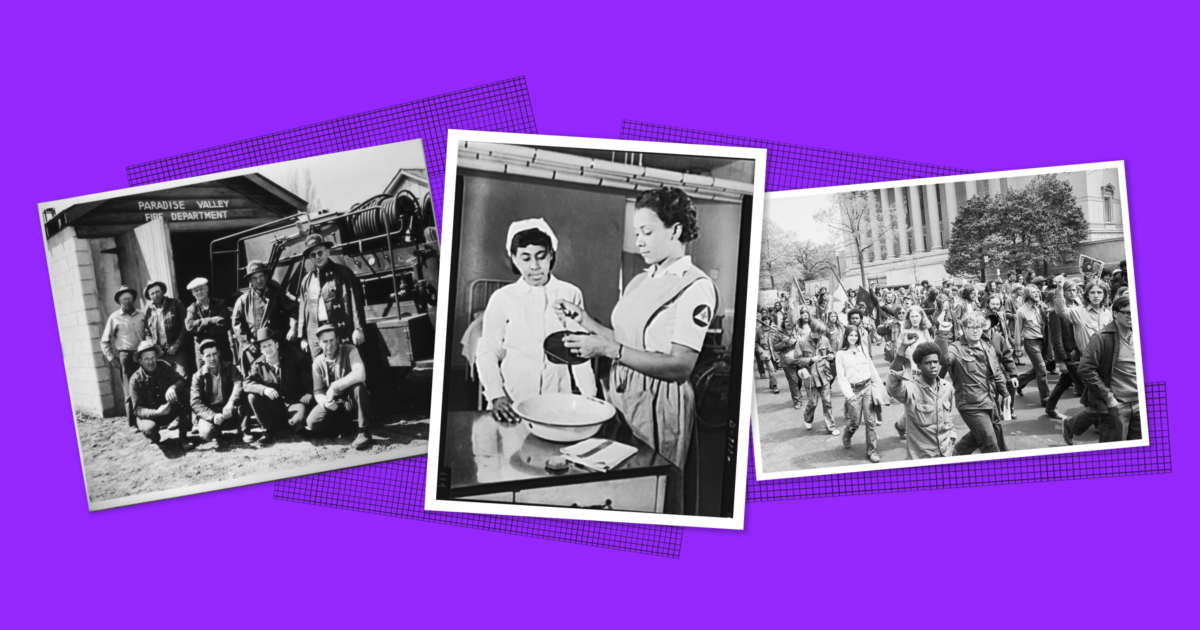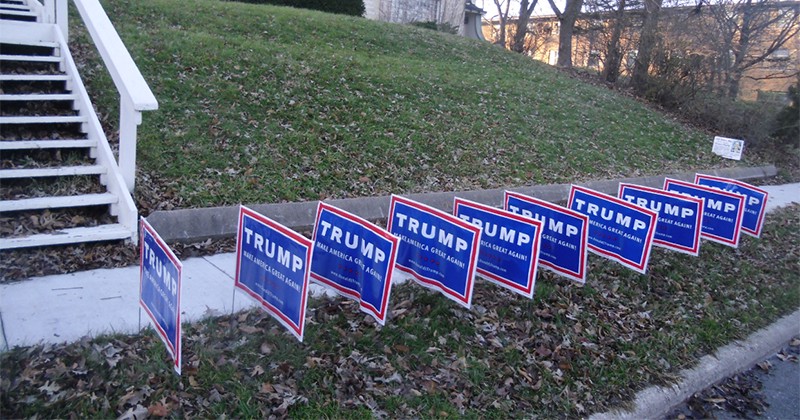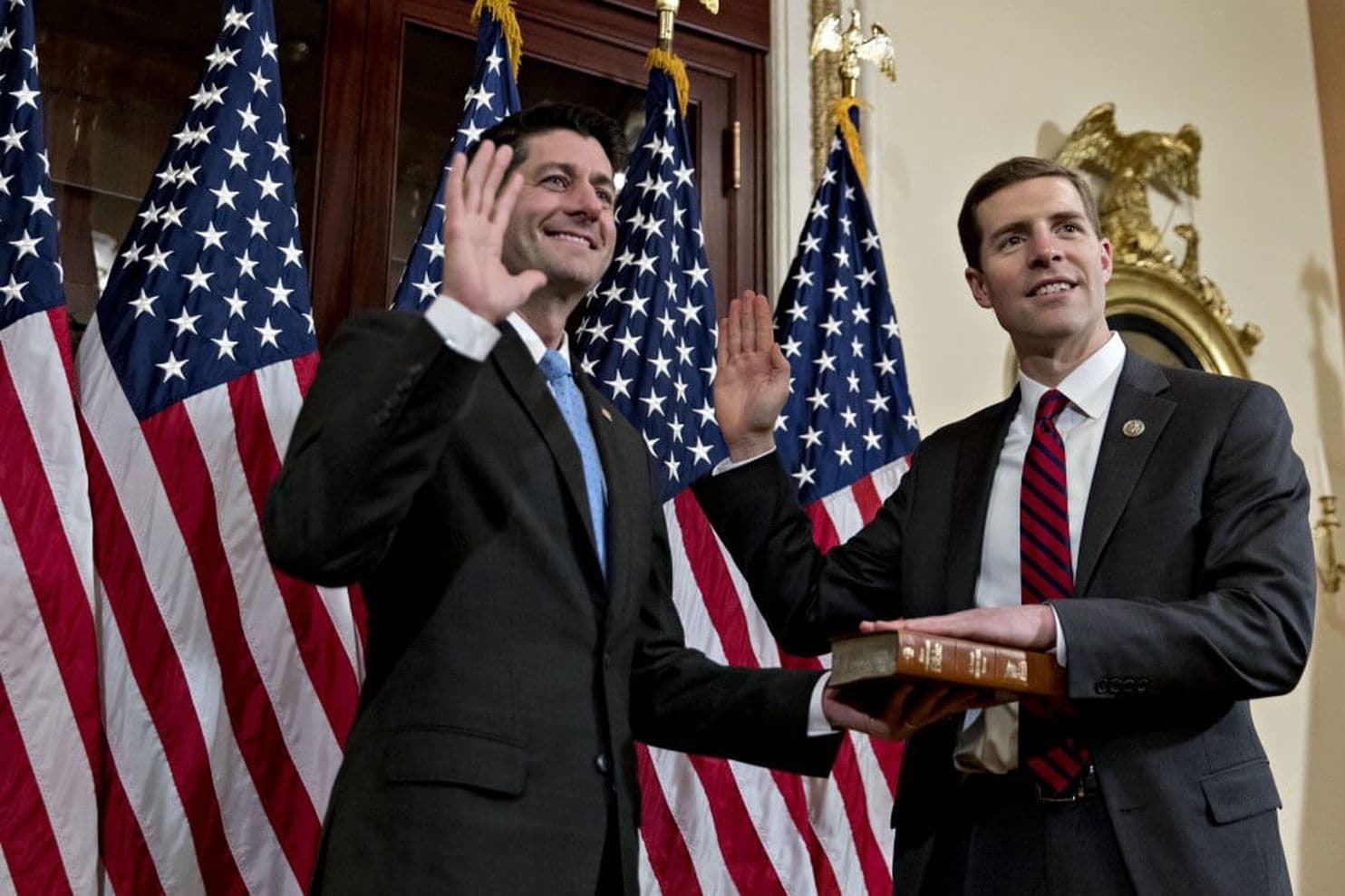

Virtual Organizing
Campaigns
Intimidated by the idea of volunteering for a political campaign this year? We're debunking three common myths about the experience.


Despite what we might hope, a little friendly face-to-face discussion with neighborhood volunteers is unlikely to change the mind of anyone in this house. Good thing that’s not the goal!
Contrary to popular belief, grassroots organizing is not about trying to sway lifelong party-affiliates to vote contrary to their normal affiliations. Door knocking and phone-banking are organizing strategies that acknowledge that the typical American voter has a lot going on in their life. Only 58% of registered voters turned out to vote in 2016, and in the 2014 midterms a mere 36% of voters turned out. Even the most passionate issue advocates need to clock in on time, get kids from point A to point B, and get food on the table—it’s no surprise that voting can sometimes fall by the wayside, especially in a midterm.
Showing up at someone’s door or giving them a call is not likely to drastically alter their political ideology, but it is an incredibly powerful tool for increasing voter turnout and providing information to potentially undecided voters. There are lots of voters that may be unsure who to cast their ballot for, but reading up on the candidates never quite makes it to the top of the priority list. Conveniently providing information about a candidate’s agenda can be extremely persuasive. Regardless of the voter’s stance, the fact that you care enough about a candidate or issue to take a few hours out of your week to speak to strangers sends a powerful message. If a household gets one more door knock or phone call reminding them about an election and answering questions about voting logistics, they are more likely to head to the polls on election day.


While sincere enthusiasm is always a plus, you don’t need to eat, sleep, and breathe a campaign in order to provide critical support. Event organizers don’t expect you to arrive able to recite a candidate’s platform by heart. When you arrive at an event, you will usually be briefed on a candidate, provided with some talking points, and given an opportunity to ask questions. The only essentials for effective campaigning are a good attitude and sincere concern for the issues that most affect you and your neighbors.


Reminding voters about an election, ensuring they know their polling place, answering questions about voter registration, and simply showing up on behalf of a candidate or election can have a powerful influence on voter turnout.
Even those traditionally skeptical about political organizing have reason to reconsider as digital organizing revolutionizes the playing field, taking typically local events to a national scale. With new campaign technology allowing us to mobilize previously unprecedented numbers across the nation to volunteer remotely for campaigns, supporting a candidate more convenient and more powerful than ever.
Our software allowed Conor Lamb’s campaign for Pennsylvania Congressman to recruit volunteers across the nation. With the help of more than 80 partner organizations, thousands of out-of-state volunteers teamed up to get him elected. Lamb won a district Trump carried by 20% points by a margin 0.2%. He beat out his GOP opponent by 623 votes. We used the same technology to recruit volunteers for the 2017 Virginia elections, in which 15 democrats won seats, 8 of which won by margin of below 5%.